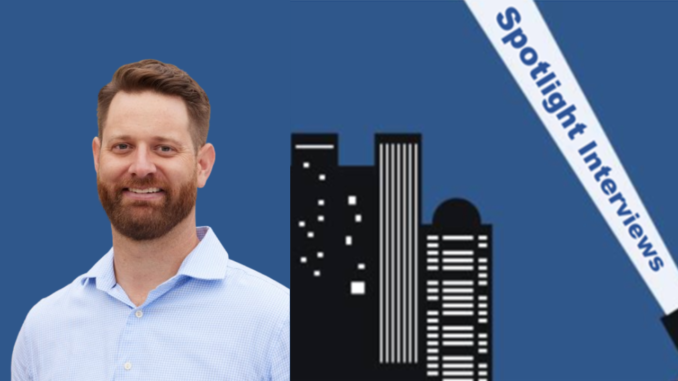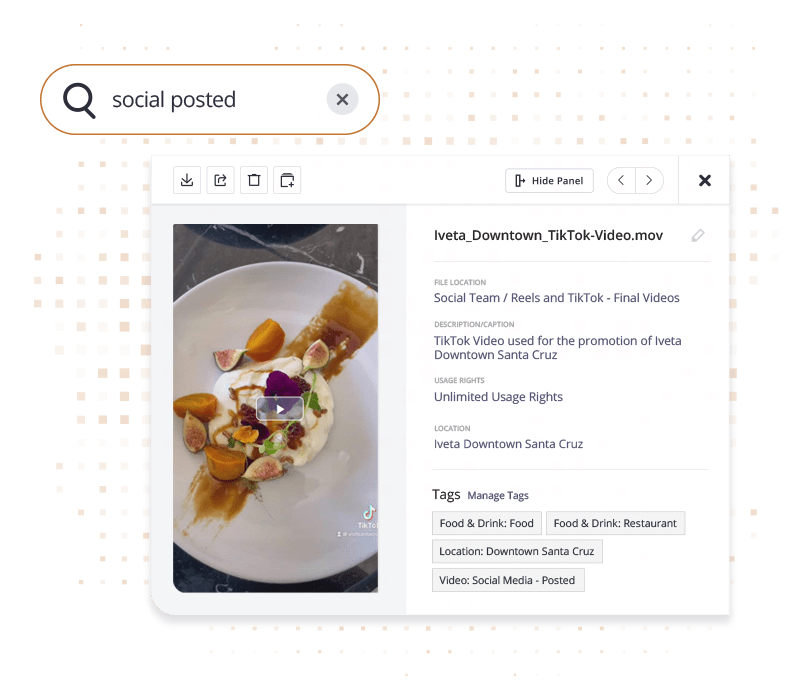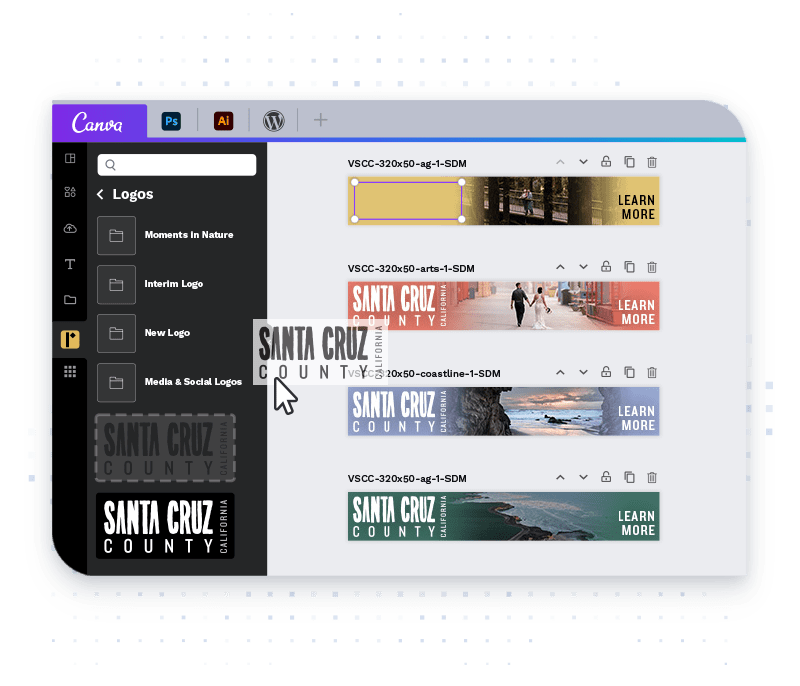
5.2.2024
At Image Relay, an innovative tech solution provider (and certified B Corp dedicated to meeting the industry’s highest standards for social and environmental performance), Jeff Olsen oversees the development of digital asset management (DAM) solutions tailored for the hospitality industry. Since joining Image Relay in 2021, Olsen has helped steer the company’s product strategies to better serve a sector that is increasingly reliant on digital technology to manage and distribute vast libraries of digital content. In this interview, he discusses the adoption of modern DAM systems across different scales of hospitality brands, the role of DAM in enhancing guest personalization, and the strategic importance of maintaining brand consistency through effective digital asset management. His insights are particularly relevant as the industry navigates a landscape where digital content is king, and efficient, integrated DAM systems play a critical role in marketing, operations, and customer engagement.
Digital asset management (DAM) software has been available to hospitality brands for many years now. How would you characterize the industry in terms of how well (or not) it has adopted modern DAM technology?
In a word: uneven. The largest hotel brands were relatively early adopters of DAM implementation. With global stakeholders, they recognized a growing need to centralize—and efficiently distribute—their vast libraries of digital images, videos, marketing collateral, etc. Getting this right enabled more consistent branding, streamlined marketing workflows, and made it easier to repurpose digital assets across channels.
Independent hotels and smaller chains have been slower to embrace DAM modernization, though that’s been changing quickly in the past 2-3 years. Many of these hospitality organizations continue to rely on legacy file-sharing systems or local storage. This leads to digital asset duplication, issues with version control, and (often very significant) operational inefficiencies, both for internal teams and the partners that hotels work with.
One challenge that has held back some hospitality businesses (but needn’t so any longer) is the integration of DAM systems with other technology platforms, such as content management systems (CMSes) and marketing automation tools. Seamless integration is crucial for efficient asset workflows and content delivery, and that’s much more of a reality today with DAM than it was a few years back. The availability of cloud-based DAM solutions has also made the technology more accessible to hospitality businesses of all sizes. The cloud-based strategy tends to deliver more scalability, lower costs, and easier functionality compared to on-prem systems.
Guest expectations for personalized experiences are rising. Can DAM tools play a role in delivering more targeted content to guests?
Yes, there’s a big correlation between DAM strategy and personalizing the guest experience, which continues to be an increasingly important initiative within the hospitality industry. DAM tools can  facilitate extensive metadata tagging and ongoing categorization of digital assets, which allows for specific content to be more easily (and more quickly) identified and served. That up-to-date and ready-to-go content—now DAM-optimized—can map to a guest’s location, language, interests, history with the hotel, etc. With centralized asset repositories, hotel marketers can more efficiently source relevant assets, repurpose existing content, and build customized packages tailored to individual guests for audience segments.
facilitate extensive metadata tagging and ongoing categorization of digital assets, which allows for specific content to be more easily (and more quickly) identified and served. That up-to-date and ready-to-go content—now DAM-optimized—can map to a guest’s location, language, interests, history with the hotel, etc. With centralized asset repositories, hotel marketers can more efficiently source relevant assets, repurpose existing content, and build customized packages tailored to individual guests for audience segments.
Integrating DAM and marketing automation tools (which, again, is now quite seamless), enables organizations to deliver the right personalized content to the right audience via targeted email campaigns, customized website experiences, and even in-room entertainment systems. With a modern DAM strategy and implementation, there’s no question hospitality businesses can elevate their guest personalization game with more tailored content that enhances guest experiences to drive engagement and build loyalty.
Many hotels struggle with brand consistency across their many (and changing) marketing materials. How can DAM strategy address this challenge?
 Brand consistency is an increasing challenge right now for many hotels, as the breadth of marketing materials continues to expand. More digital assets, more distribution channels, and more teams that need those materials…it quickly becomes unwieldy. Figure, too, that for most hospitality organizations it’s not just their internal teams that need access to the most current assets—there are likely agencies or other brand partners that can derail brand consistency without a cohesive, DAM-powered strategy.
Brand consistency is an increasing challenge right now for many hotels, as the breadth of marketing materials continues to expand. More digital assets, more distribution channels, and more teams that need those materials…it quickly becomes unwieldy. Figure, too, that for most hospitality organizations it’s not just their internal teams that need access to the most current assets—there are likely agencies or other brand partners that can derail brand consistency without a cohesive, DAM-powered strategy.
DAM modernization can ensure that all stakeholders have direct access to a single source of truth for the latest brand guidelines, logos, images, templates, you name it. Getting this right eliminates the risk (and, really, the inevitability) of using outdated or incorrect brand elements across the many touchpoints that hotels much reach customers. For this to work best, version control efficiency and ownership structure is critical, so that needs to be something hotels look for as they plan a DAM strategy. By better streamlining access to approved assets and empowering collaborative workflows, DAM modernization absolutely helps ensure hotels maintain a cohesive brand identity to guests and target audiences regardless of the marketing channel or campaign.
Can you discuss a specific hospitality brand whose business has been affected by their DAM implementation?
The Colorado-based hospitality brand Aspen One uses Image Relay to organize and disseminate high-resolution resort photos and videos. They’ve actually used Image Relay’s software since 2005, and continue to evolve their processes alongside our product iterations. With Aspen One’s implementation, its employees and partners can search for and access the exact digital content they need, essentially instantly. The brand also works with a lot of freelance and contract photographers and videographers working up in the mountains and elsewhere, and Aspen One provides them with direct links to seamlessly upload their assets into Aspen One’s Image Relay Asset Library. That process allows Aspen  One to immediately categorize and use those images—which might depict specific weather or skiing conditions or other time-sensitive information valuable to customers—in real-time on social media, emails, websites, paid ads, PR pitches, and more. Speed, access, and organization are all critical variables to success, and Image Relay’s DAM platform enables that strategy to hum.
One to immediately categorize and use those images—which might depict specific weather or skiing conditions or other time-sensitive information valuable to customers—in real-time on social media, emails, websites, paid ads, PR pitches, and more. Speed, access, and organization are all critical variables to success, and Image Relay’s DAM platform enables that strategy to hum.
With Image Relay, every Aspen One asset is stored in a single centralized and intuitively-organized repository. The Aspen One includes three separate entities: the Aspen Skiing Company mountain resort, the retail and experiential brand AspenX, and Aspen Hospitality, which includes the downtown Aspen hotel, Limelight, and the five-star luxury hotel Little Nell. Aspen One administrators are able to ensure that the more than 100 people in different roles across the company have specific access permissions to get the exact folders and assets they need, without confusion or errors.
Particularly with the rise of AI and automation, how do you see the role of DAMs evolving for hospitality brands?
I see AI impacting digital asset strategy in a couple of ways for hospitality brands. One, AI-powered content creation will explode the number of digital assets hotels use (and accelerate how often they update them)—making those assets that much more difficult to manage without a solid DAM strategy. Two, AI-powered image recognition will help streamline DAM workflows. Machine learning algorithms need labeled images to identify objects, features, etc. Once trained, these algorithms can automatically tag and organize digital assets, making them easier to find and use.
